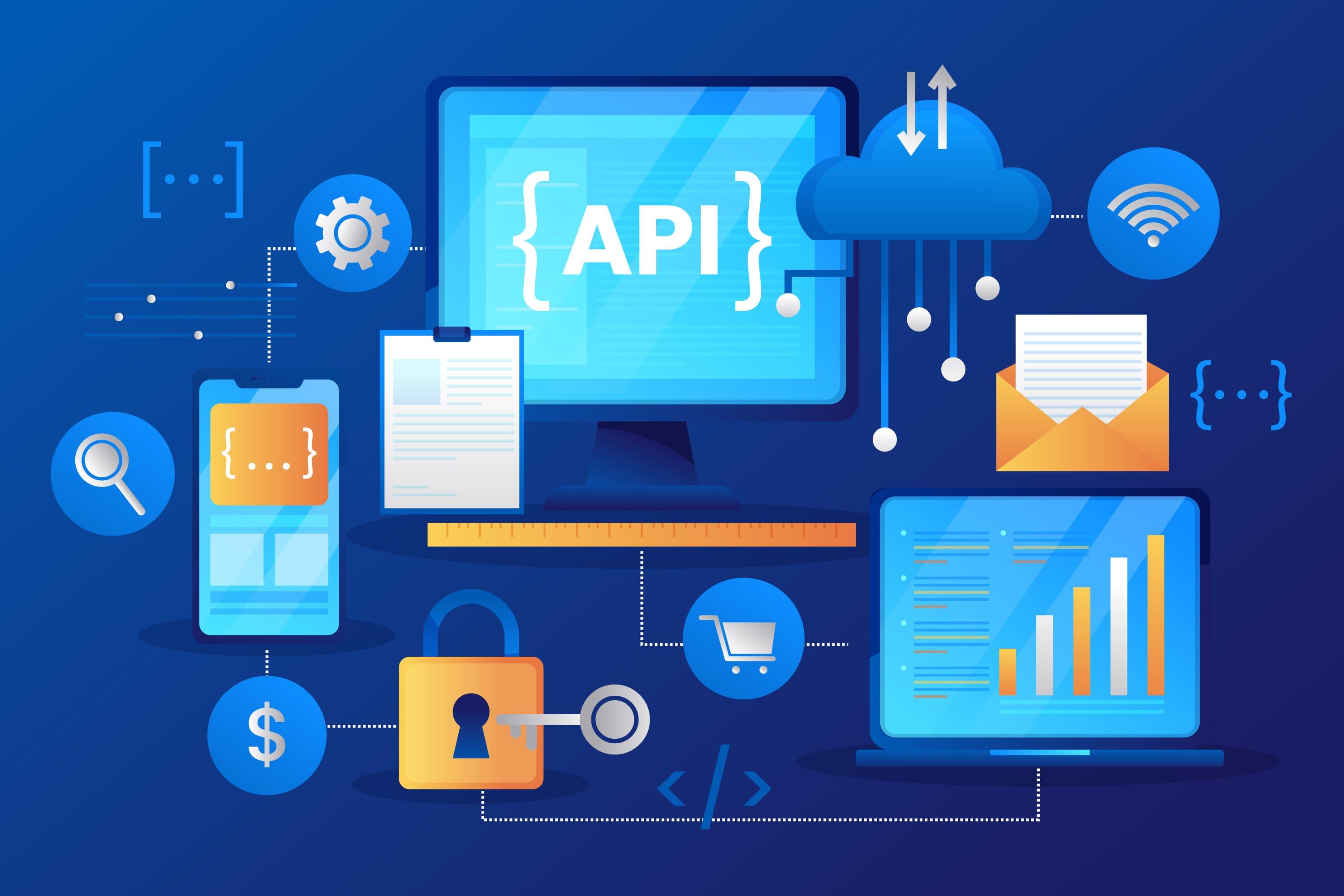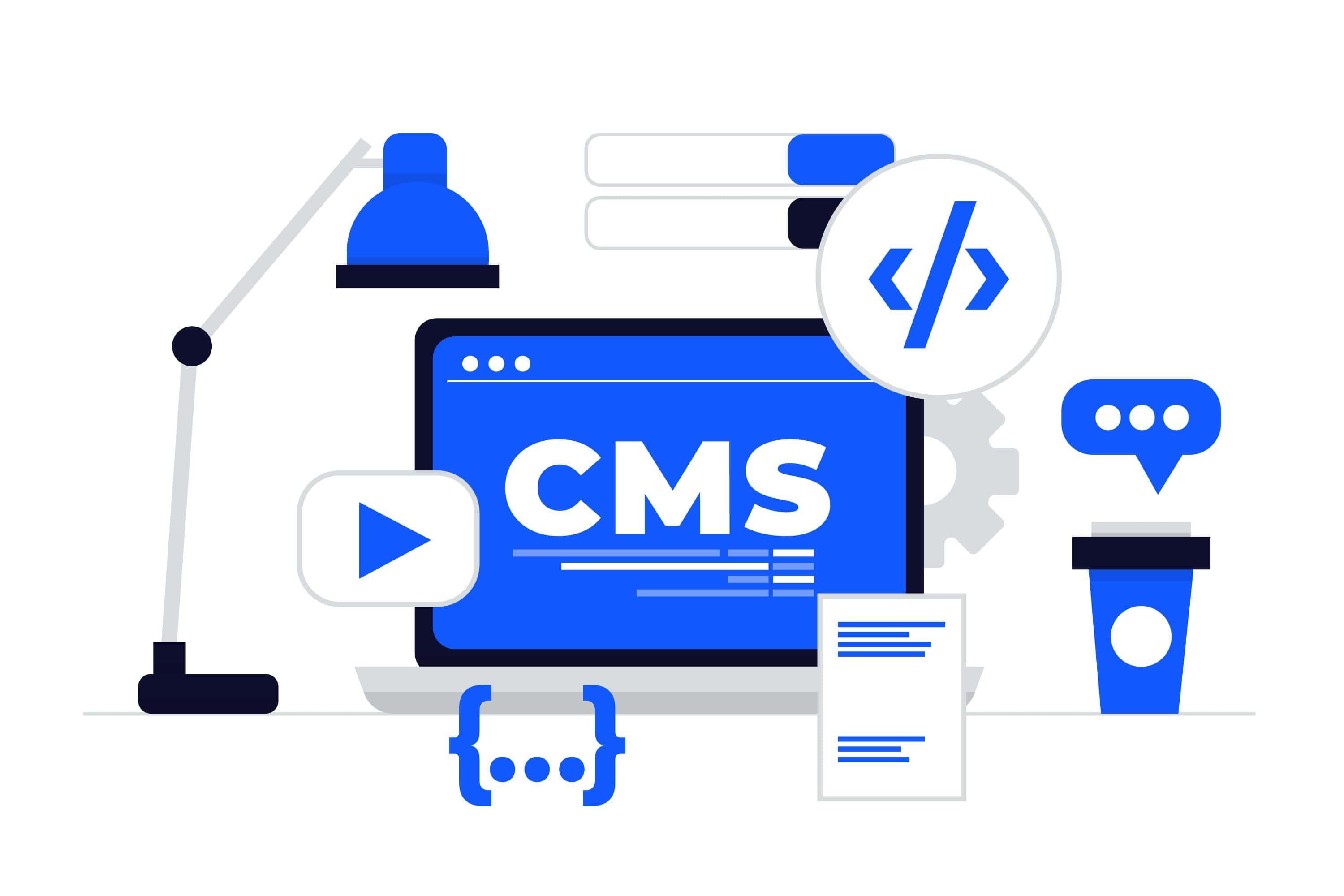
Feb 10, 2023
By Besufkad Menji
The Ultimate Showdown: GraphQL vs. REST - Which One is Right for Your API?
RELATED BLOGS

The Need for Speed: How Site Speed Impacts Your Online Success
In the fast-paced world of online business, every second counts. Your website's speed can make or break your success, influencing everything from user experience to search engine rankings. In fact, studies show that a mere one-second delay in page load time can result in a 7% reduction in conversions, and a 53% increase in bounce rates. With such staggering statistics, it's clear that site speed is a critical factor in your online success. But what exactly is site speed, and how can you optimize it to boost your website's performance? In this article, we'll explore the importance of site speed, its impact on your business, and tips for optimizing your website to deliver lightning-fast load times. So, buckle up and get ready to discover the need for speed in the world of online business.

Why NextJS and WordPress as Headless CMS is the Winning Combo for Your Website
In today's digital age, having a website that stands out from the competition is crucial. However, creating a website that is both visually appealing and user-friendly can be a daunting task. This is where NextJS and WordPress come in as the perfect combination to create a winning website. NextJS is a powerful framework that provides server-side rendering and enables easy implementation of dynamic pages. On the other hand, WordPress is a widely-used content management system that allows for easy content creation and management. By using WordPress as a headless CMS and integrating it with NextJS, you get the best of both worlds. You get the flexibility and ease of use of WordPress, combined with the power and speed of NextJS. In this article, we will explore why NextJS and WordPress as a headless CMS is the winning combo for your website, and why you should consider using it for your next project.